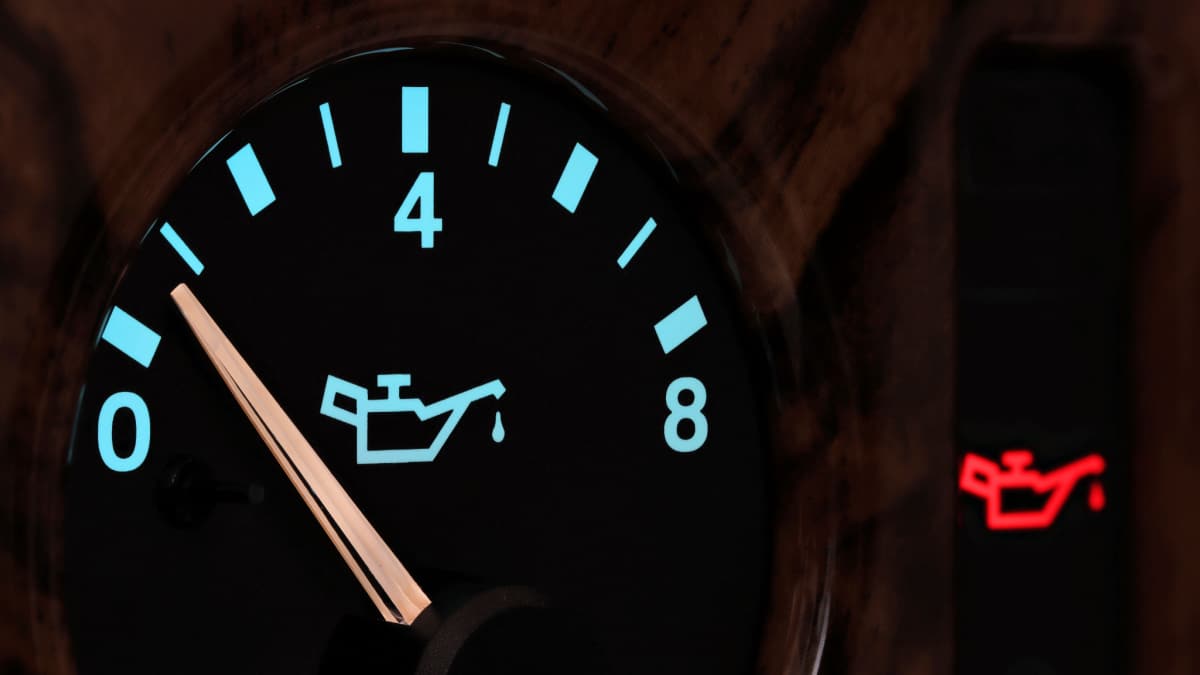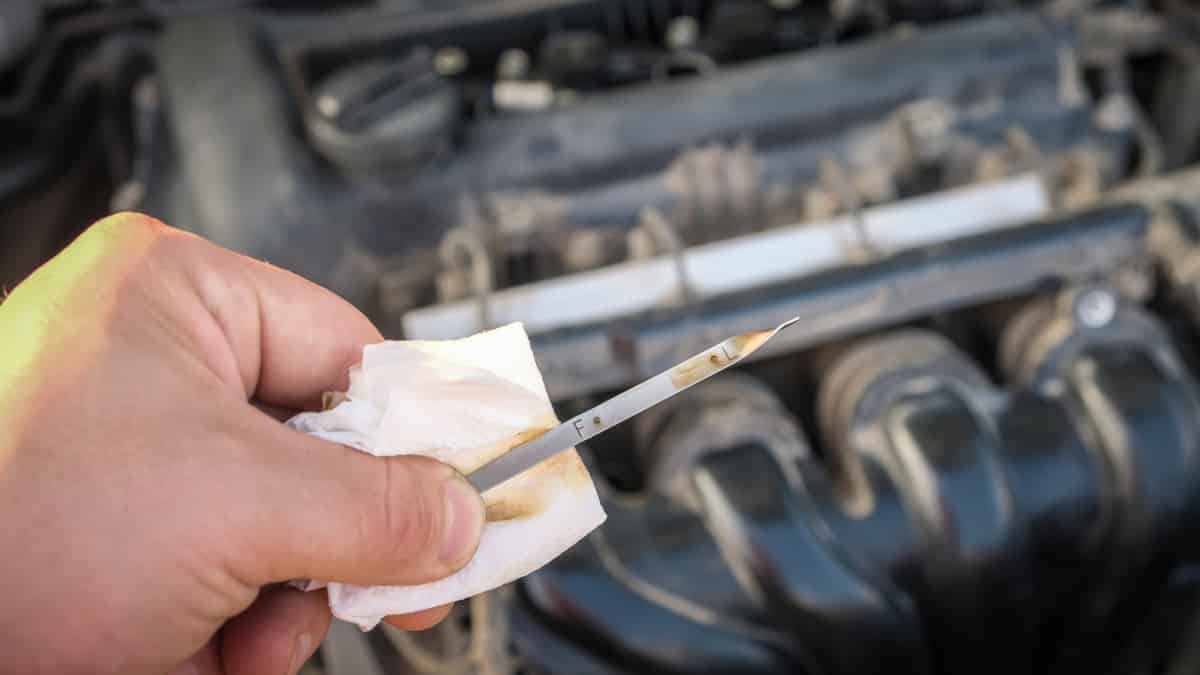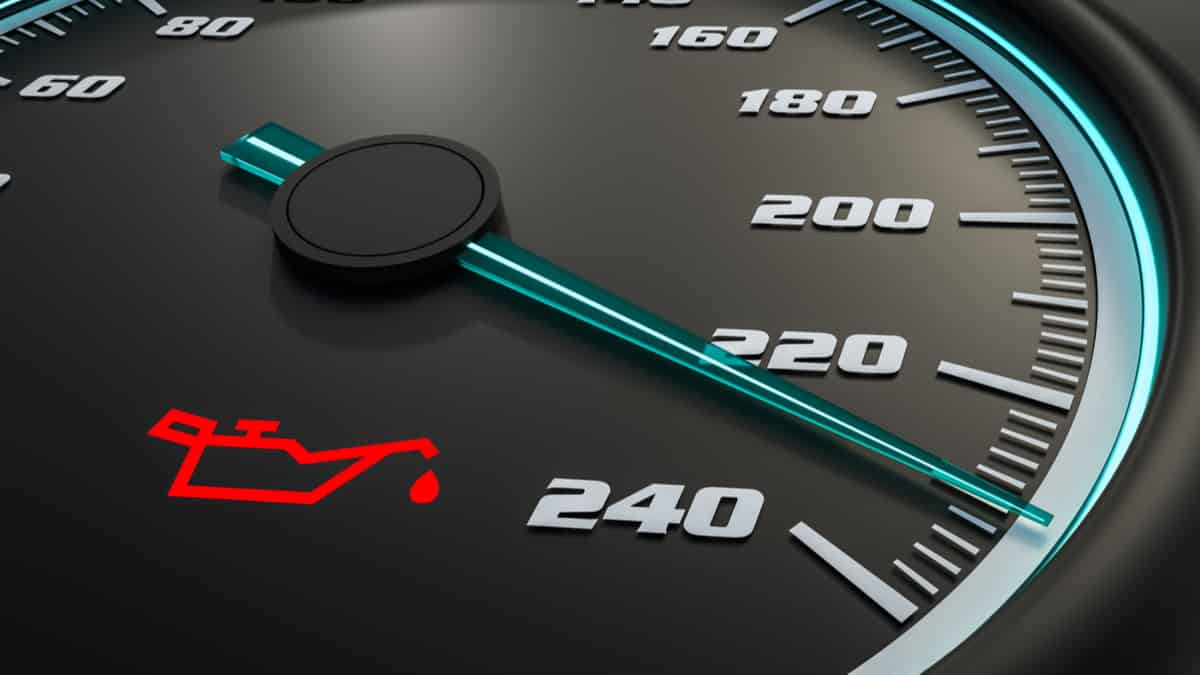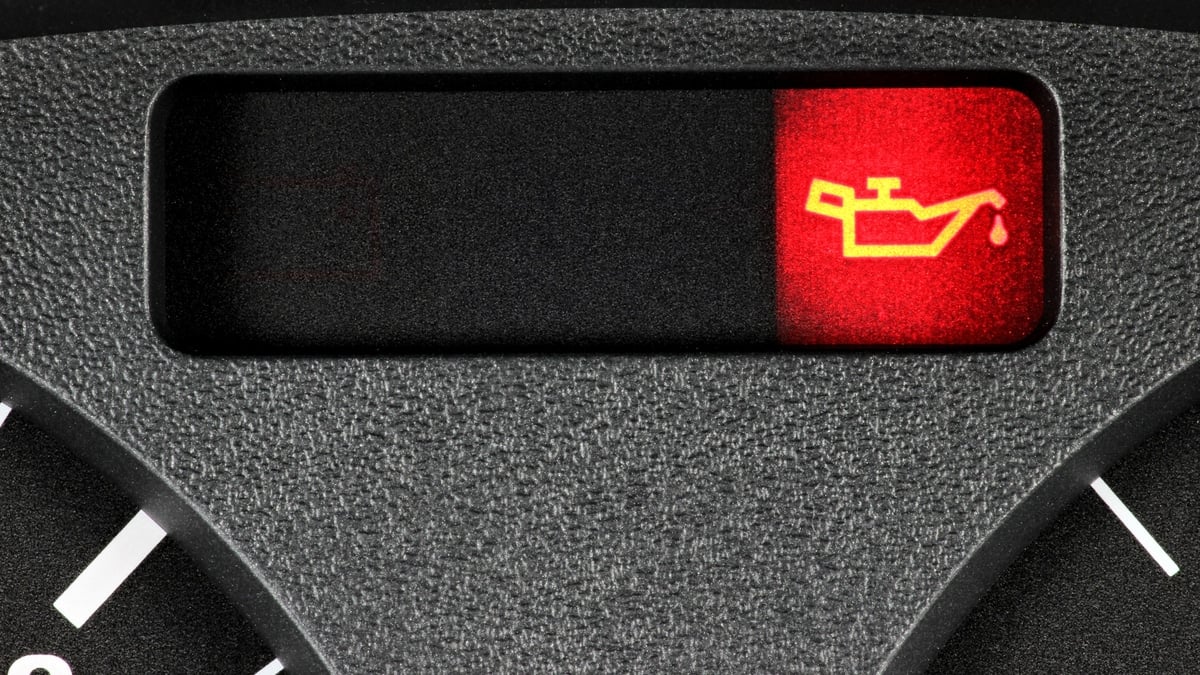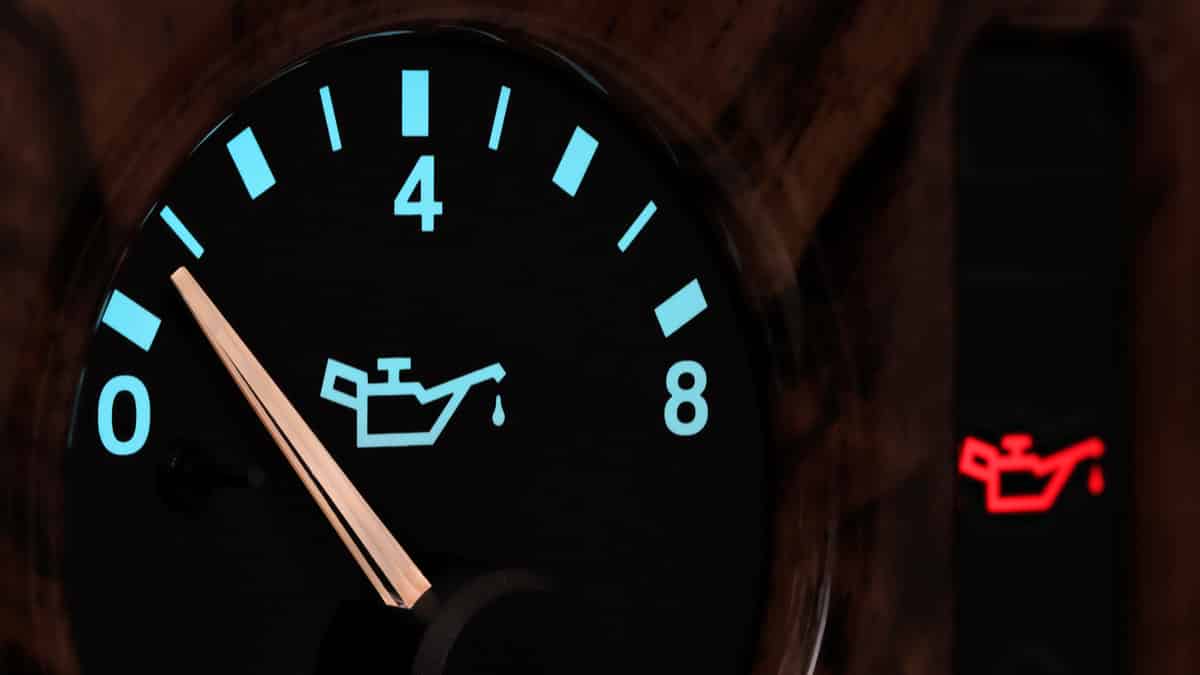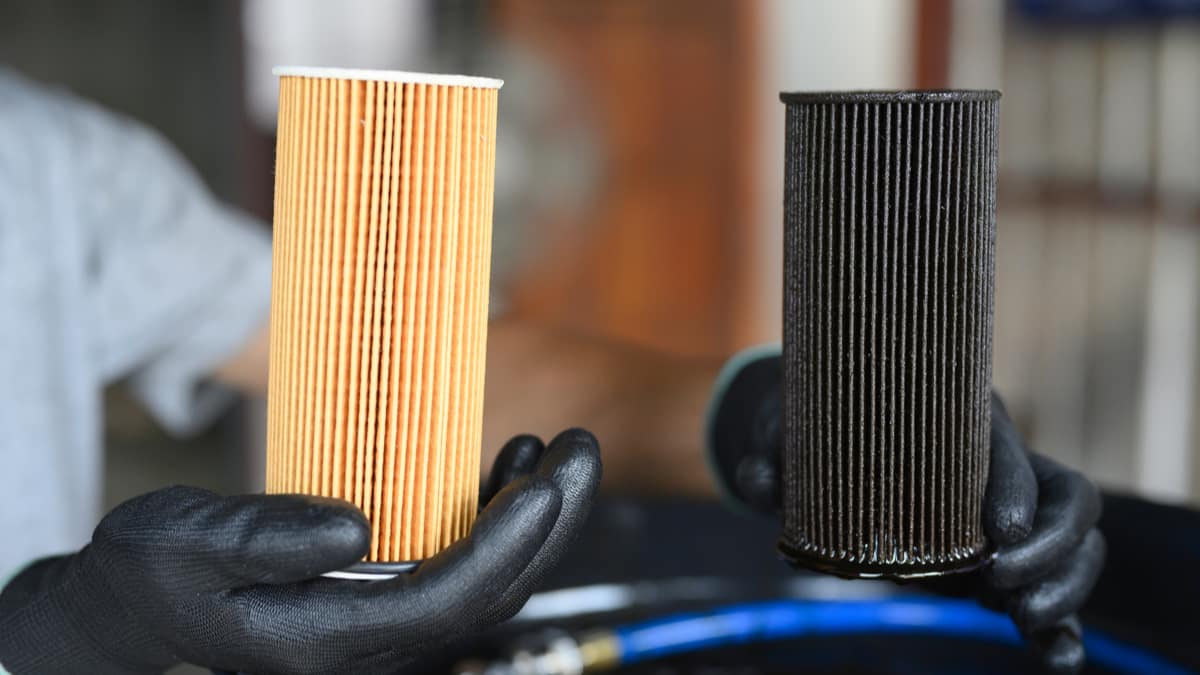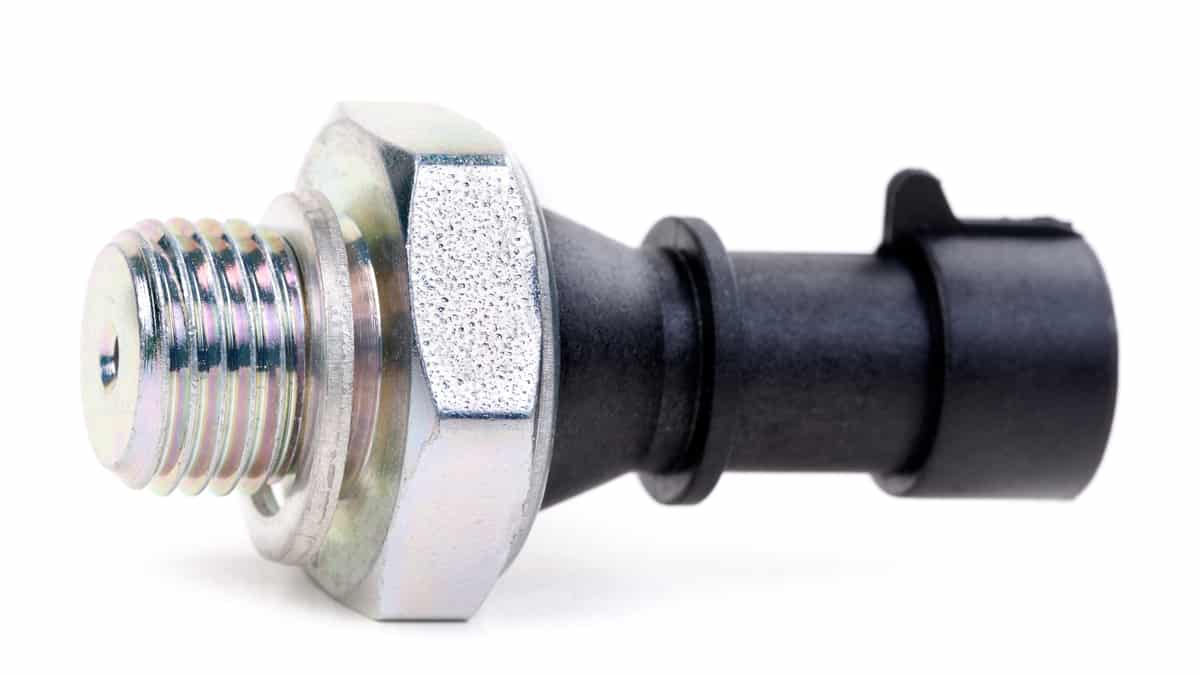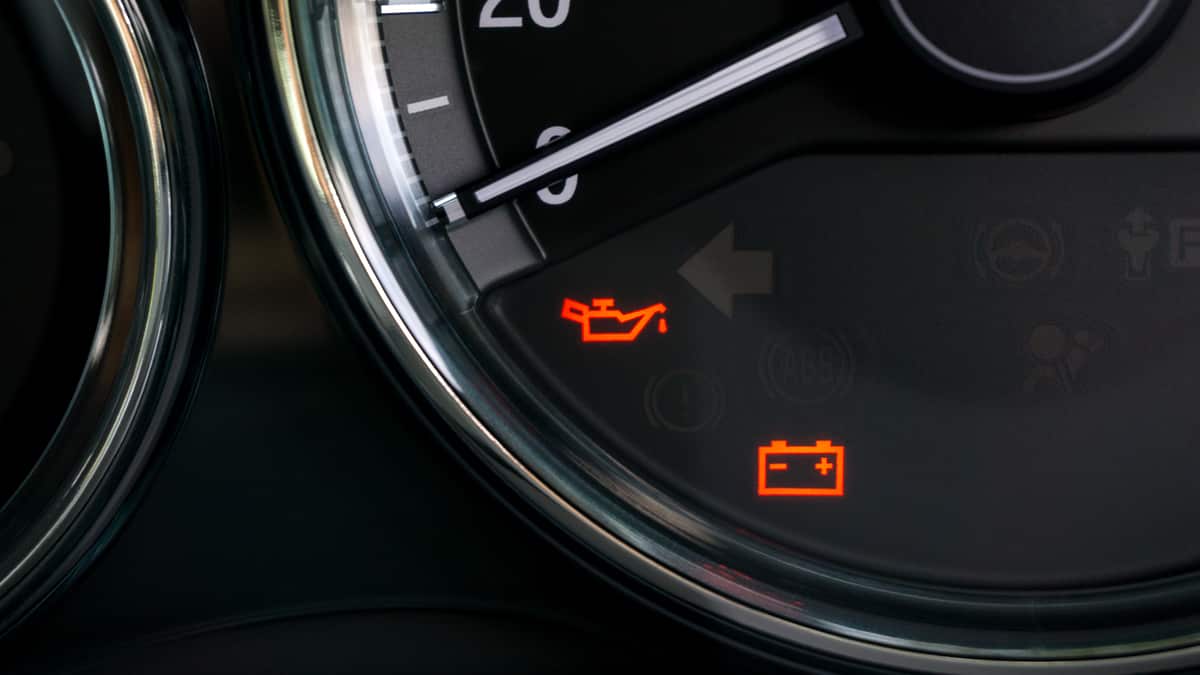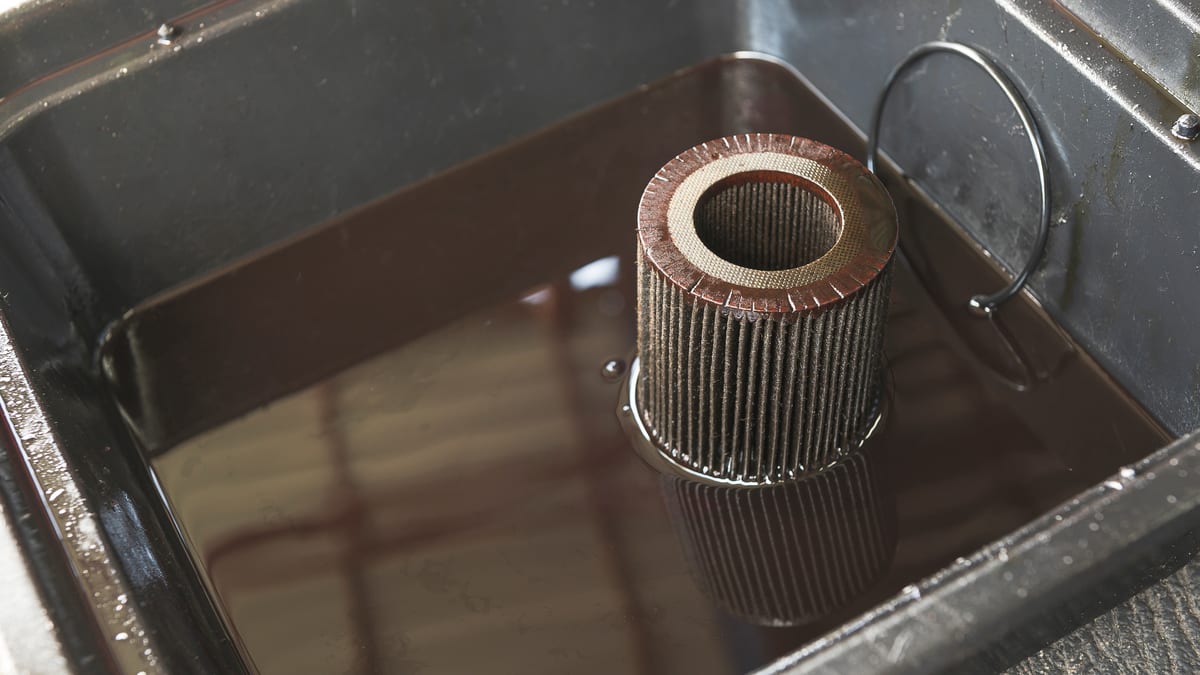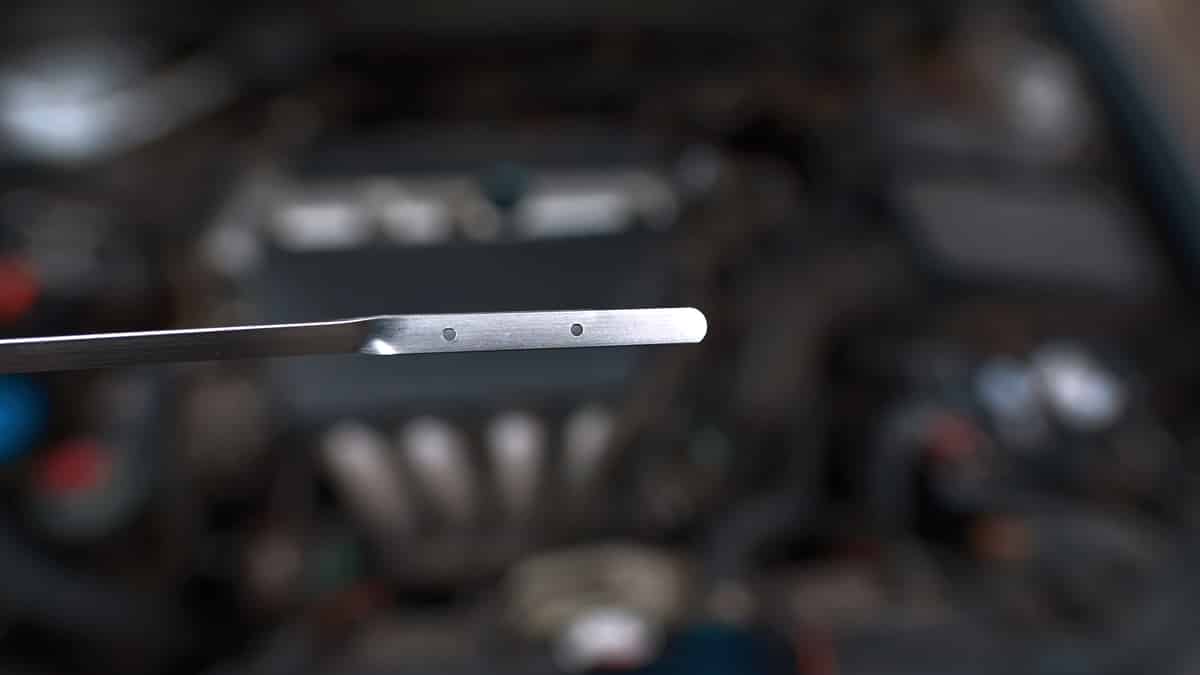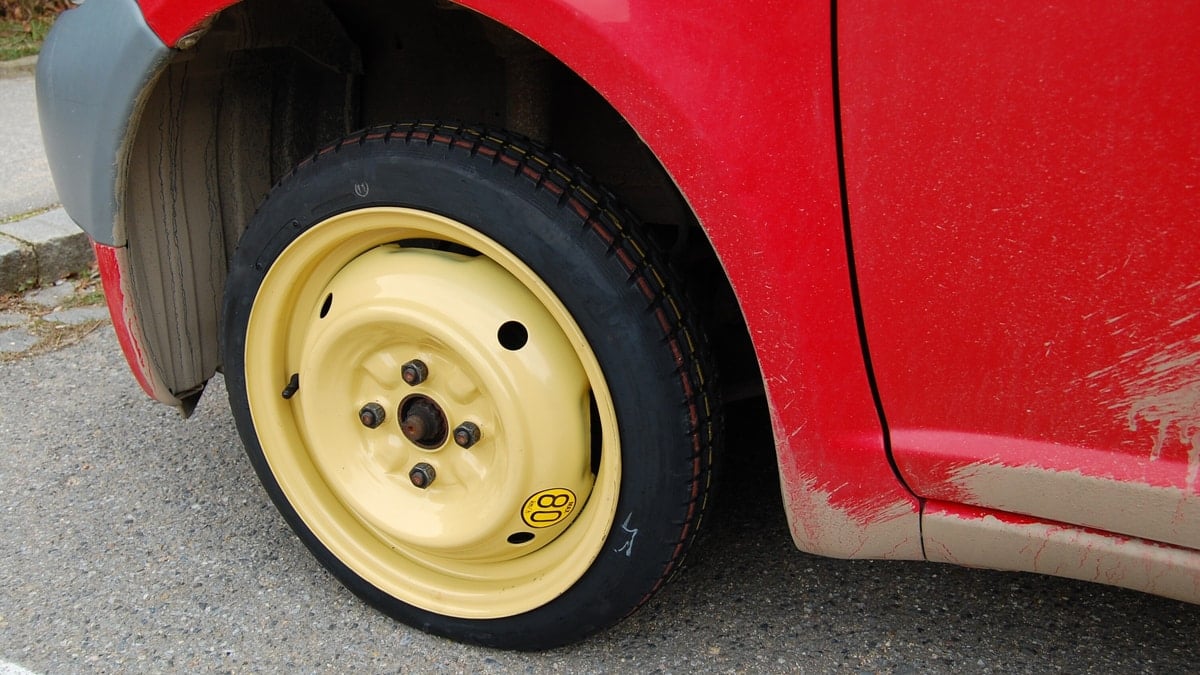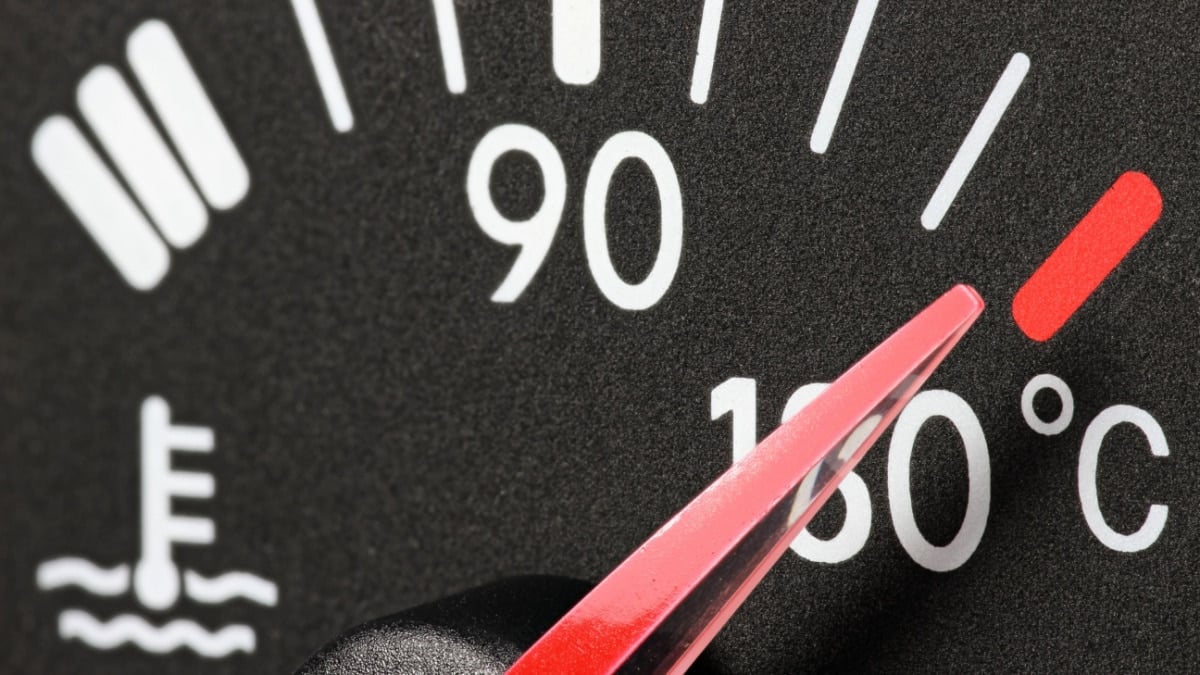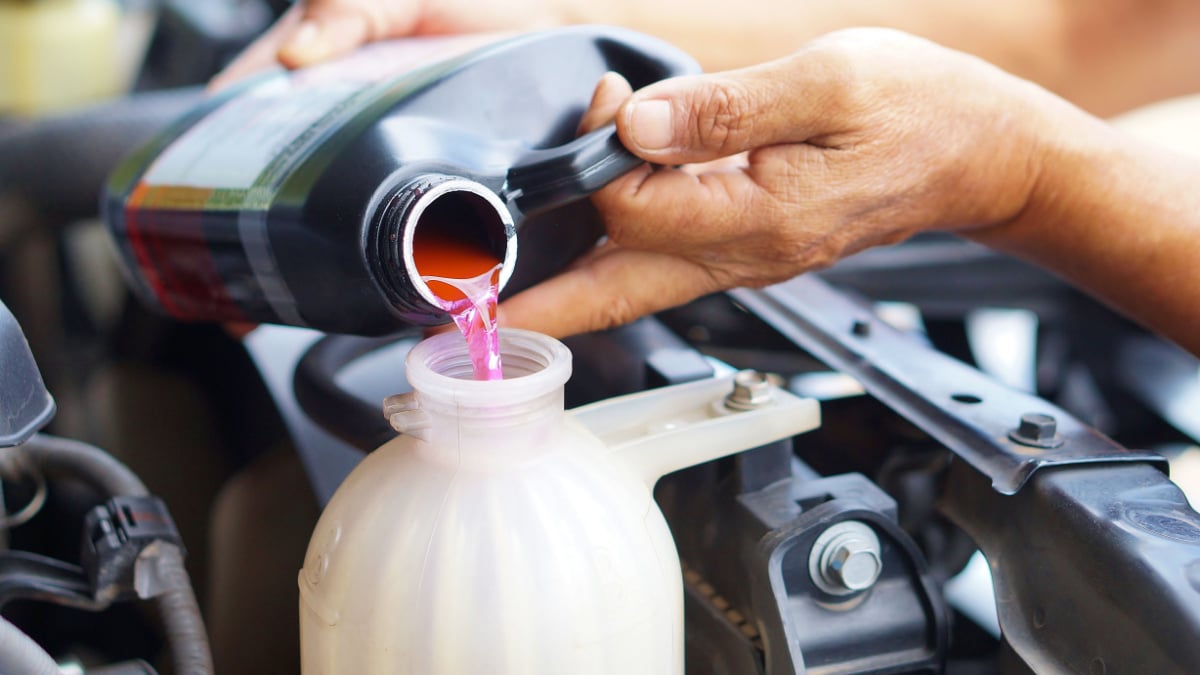If you are going to operate a vehicle, you should know how to read the gauges to determine if everything is normal. Among these gauges, it’s important to know how to read normal oil pressure on the dashboard. But, what is normal engine oil pressure, and when should you be concerned?
In this guide, I cover the basics of engine oil pressure and discuss why it is important. I also look at causes for the oil pressure to be too high or too low. At the end of this article, you will find the answers to your most-asked oil pressure questions.
What is Normal Engine Oil Pressure?
The oil pressure of a vehicle depends on what make and model it is. In general, the normal oil pressure will fall somewhere between 20 and 65 PSI. You can find your vehicle’s specifications in the service manual. Anything outside the recommended range is considered bad.
Your motor’s oil pressure shows how much resistance the lubricant faces when traveling through the various passages of your car engine. The majority of cars have an oil pressure gauge on the dashboard, so you can see how high or low it is at any time.
When you initially start up the vehicle, the oil pressure may be higher than normal. Once the engine warms up to its normal operating temperature, the oil pressure reading should be normal. It’s usually measured by PSI, or pounds per square inch.
Why is Normal Oil Pressure Important?
The oil pressure rating shows how much resistance the lubricant faces as it travels through the passages. When everything is in optimal condition, the oil pressure is going to be normal. Any time that the oil pressure is low or high, it indicates that there’s a problem. By knowing where it should be, you can head off bigger problems before they cost you too much.
Either way, the oil needs to get to every engine component. Otherwise, those parts of the engine aren’t getting the lubrication they need. Without lubrication, friction increases and component damage is sure to follow.
Main Causes of High Oil Pressure
1. Dirty Oil Filter
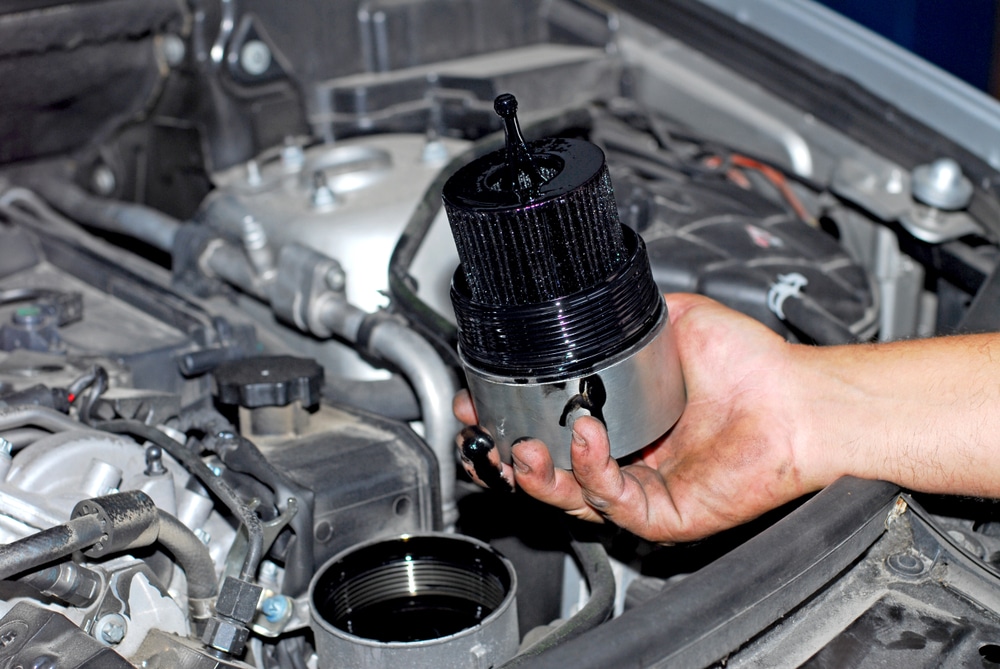
The engine oil filter is responsible for keeping the contaminants out of the combustion chamber. Over time, soot, dust and other debris are going to build up on the filter, which is why it should be changed with every oil change.
If the filter isn’t changed, the oil won’t be able to flow normally, which could lead to increased pressure in the system. The higher the resistance goes, the more the pressure rises.
RELATED: 5 Signs of a Bad or Clogged Oil Filter
2. Diminished Oil Quality
The reason for changing the oil frequently is to keep the contaminants out of the lubricant. If these contaminants build up, the quality of the oil is sacrificed.
Because these contaminants reduce friction, more resistance occurs. This resistance can lead to an increase in pressure.
3. Wrong Oil Viscosity
Every engine uses a specific type of oil with a particular viscosity rating. The more viscous the oil is, the more resistance it has when traveling through the passageways. This higher viscosity increases pressure.
If you choose a thinner or thicker oil, you will alter the pressure that is noticed in the system. You also have to keep in mind that oil becomes thinner after it heats up, so viscosity is also adjusted by heat.
4. Blocked Passages
The oil moves through the filter into various passages that lead to the engine. If any of the passages get blocked, oil won’t be able to pass as efficiently, leading to a lack of lubrication.
With more resistance, the oil pressure will rise. The obstruction can also lead to engine failure, as lubrication doesn’t occur.
5. Bad Relief Valve
The relief valve is needed to allow oil the chance to escape if the pressure rises. The valves will open once the PSI reaches a certain level.
If this relief valve no longer functions as it should, the oil has nowhere to escape. Because of this defect, the pressure will build up until it is no longer safe for the motor.
LEARN MORE: High Oil Pressure: Main Causes & Symptoms (How to Fix It)
Main Causes of Low Oil Pressure
1. Low Oil Level
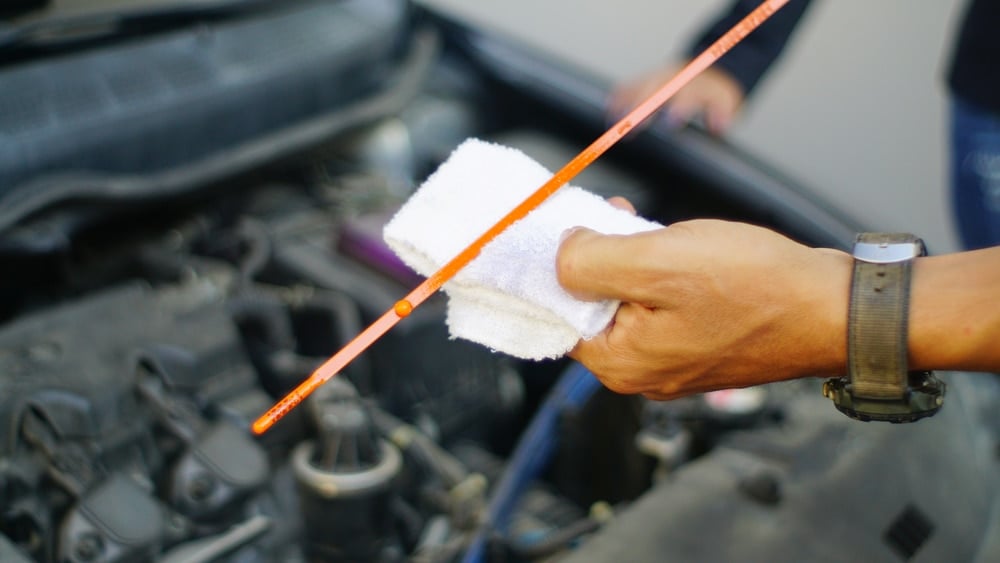
The dipstick shows how much oil should be in the system. If this level drops too low, you could face reduced pressure within the engine.
The engine will burn some oil over time, which is why it’s important to check the levels frequently. Also, if a leak occurs, the oil level will decrease until the pressure drops.
2. Wrong Viscosity
As we discussed earlier, the oil viscosity plays a major part in the pressure level. If the oil is too thick, it might increase the oil pressure because of the heightened resistance.
Lower viscosity has the opposite effect on the pressure. That’s why it’s important to follow the recommendations set out by the automaker.
3. Clogged Filter
I wrote about clogged filters in the section on high pressure, but it also belongs here, as well. It depends on where the oil pressure sensor is located. If it is placed before the filter, it will show a high pressure when the filter is clogged. If it is placed after the filter, it will show a low oil pressure when it is clogged.
If the oil can no longer flow through the engine, pressure will drop. That’s why you should always replace the filter when you change the oil.
4. Failing Oil Pump
The oil pump is responsible for regulating pressure. If the pump begins to malfunction, low pressure is sure to follow.
The engine could also stall and the temperature may rise. Aside from that, there will be a lack of power without the necessary oil to run the engine.
5. Engine Wear
If the engine is getting old and starting to wear, low oil pressure is common. Inside the engine, there are lots of moving parts that need to be well-lubricated to avoid damage. Any components in the engine, including the bearings, can fail at any moment, causing a dramatic drop in oil pressure.
Sadly, there’s no way to tell how long the engine will last before damage occurs. However, you can keep it in its best condition by providing regular maintenance and fixing problems as soon as they occur.
LEARN MORE: Low Oil Pressure: Symptoms & Causes (& How to Fix it)
What is Normal Oil Pressure at Idle?
The oil pressure will be slightly lower at idle, normally between 20 and 30 PSI on most car engines. Normally, it won’t go below the specified parameters set by the manufacturer. If the oil pressure drops too low during idle, it could indicate that the level is low and needs to be topped off.
Is It Better to Have High or Low Oil Pressure?
Neither of these situations is ideal, and you don’t want to face either, but high oil pressure is usually slightly better than low oil pressure. However, engine damage can occur when the oil pressure is too high, just as it would if the oil pressure dropped too low. For that reason, it’s imperative to have your car looked at if the oil pressure gauge reads low or high.
Does Oil Pressure Go Up As You Drive?
You may notice a slight increase in oil pressure as you accelerate. This condition is completely normal, because the motor is working harder, so it needs more pressure. However, the pressure should never go beyond what’s considered normal by the manufacturer.
The only way to know that it has exceeded normal parameters is to verify what the pressure should be. If you are keeping a close eye on the oil pressure of your car, you may notice it becomes too high or too low.
With both of these conditions, it’s important to seek help right away from a technician to avoid any permanent engine damage.
Learn more:
- What is the Normal Automatic Transmission Temperature?
- Oil Pressure Low at Idle – Common Causes & How to Fix
- Low Oil Pressure Light – Causes (& How to Fix it)
Categories: Engine, Engine Oil
